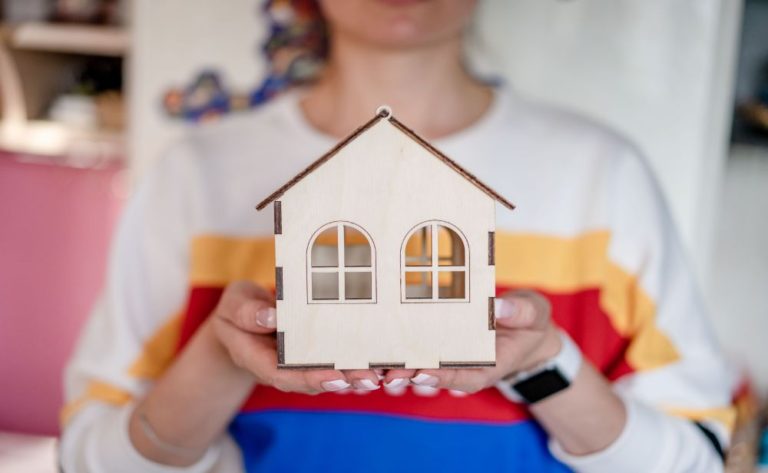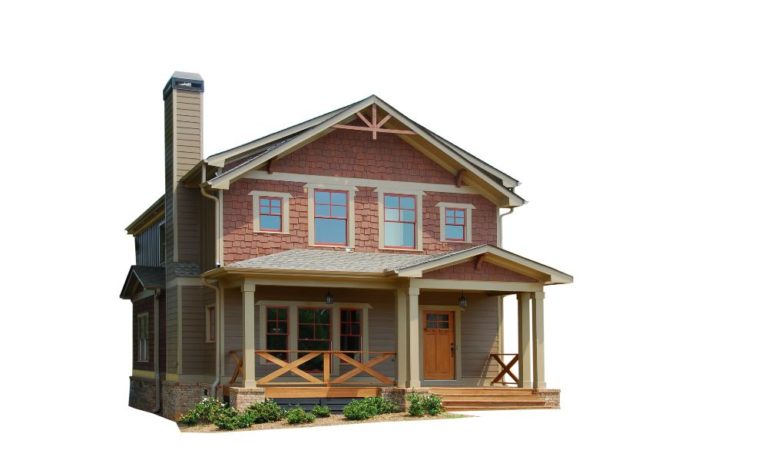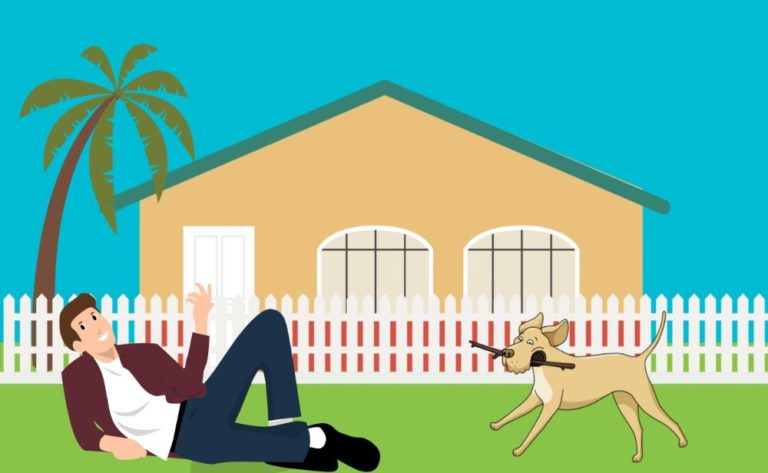There Goes the Neighborhood: Watch Out for These 7 Red Flags When Buying a Home
You have searched the market for available homes and then some, and finally, you have discovered the one that you just can’t get out of your head. Congratulations! It is now time to make a proposal!
But before you put your money on the line, you should walk around the neighborhood and get a feel for the atmosphere. When it comes to purchasing real estate, there is a good reason why real estate experts put so much emphasis on the location of the property. You can make changes to your house, but you can’t alter the surrounding community. And if your neighbourhood is experiencing a decline, you just might have a heck of a time selling your property if you ever make the decision to do so.
However, a poor area isn’t always easy to spot. If you want to know whether or not a town is worth investing in, you may need to do a little research first. We have, fortunately, identified seven warning signs that you should carefully consider before putting your name on the dotted line.
1. The number of available homes is excessive.
There is no problem if there are two or three residences on the same street that are on the market. However, if you see a large number of signs that say “For Sale,” you might want to search elsewhere.
“This indicates to illiquidity in the market and pricing pressure, which is a danger for purchasers,” says Alison Bernstein, the founder of Suburban Jungle, which assists families in locating their perfect neighborhoods. Suburban Jungle was created to assist families in locating their ideal location within a suburb.
The shade of this particular blood red flag, of course, is determined by the circumstances around those “For Sale” signs. It’s possible that lifelong residents have made the decision to cash out as the neighborhoods undergoes fast gentrification. It’s possible that many of the older inhabitants are moving into smaller spaces. Alternately, there could be a more serious explanation, such as an increase in the rate of crime. Before making any significant changes to your strategy, it is important to do the necessary research and analysis.
2. Fewer pupils are enrolling in the schools.
If a community is doing well, its schools should have a continual increase in enrollment, or at the very least, they should maintain the same population level if there is no place to physically expand.
Bernstein believes that smaller class sizes should raise a warning flag.
There are many different factors that could contribute to a decline in enrollment. It’s possible that parents in your area are turning away from the public school in favor of charter or private education because of the school’s bad management. Another possibility is that residents are remaining in their homes even as their children get older, resulting in older neighbors and fewer close-by friends for their children. It’s possible that this won’t be a deal breaker, but it’s definitely something to think about either way.
3: Most of the surrounding land is industrial.
Although the presence of a row of quaint boutiques close by could be a positive selling factor, you should rethink the purchase if the predominant economic influences in the area are of an industrial nature.
“Be mindful of any kind of commercial influence on the block, such as close gas stations or anything that could be undesirable in terms of health,” advises Ralph DiBugnara, vice president of Residential Home Funding. “Be mindful of any kind of commercial influence on the block, such as close gas stations.”
If there are any nearby industrial plants, you should immediately rule out living in that neighborhoods. You should also give serious consideration to avoiding purchasing property directly across the street from a car dealership or auto body shop, as these locations see a high volume of vehicle traffic.
4. The presence of several vacant stores.
Don’t just count the number of boutiques vs the number of gas stations. Are the shops really successful, or are there a lot of empty retail spaces that could be rented out?
Bernstein thinks that vacant storefronts can reveal a lot about a neighborhoods. “They point to a significantly lower amount of citizens’ discretionary income than there certainly was in the past.”
Why is that a relevant point? A neighborhoods that is declining is one in which residents have less money available for discretionary spending. If a homeowner cannot afford to go out to dinner, it is quite likely that they do not have the funds necessary for maintenance. Homes in poor condition have a negative impact on property values. A lack of cash flow can also lead to future foreclosures, which is something that no one wants as a neighbor because a foreclosed home is an eyesore.
5. The Stepford model is in full swing
It’s possible that you find beauty in the uniformity and neatness of the suburban aesthetic, and there’s certainly nothing wrong with that! However, let’s take a step back and look at it more carefully. Are there any one-of-a-kind ornamental knickknacks scattered throughout each garden, such as aluminum chickens or wind chimes? Or does each piece of furniture on the front porch look the same?
6. There is no available parking
The property might have a garage big enough for one car, but where would you put your other vehicle and where will your guests store their cars when they visit? If the streets are often congested with traffic, you should give the neighborhoods some serious consideration before purchasing a property there, especially if the house does not have a garage or carport.
DiBugnara says, “I’m always on the lookout for a lack of parking,” and he says this all the time. “The best time to check out the neighborhoods is late at night or on the weekend if you want to get an accurate picture of the amenities that will be at your disposal once you move in.”
The area might not be a good fit for you if you don’t do most of your commuting on foot or by bike or if you don’t mind spending your weekends going around and around the same street.
7. The surrounding houses aren’t kept in good condition
A Street that is in disrepair could appear to be an obvious warning sign. On the other hand, you could have also heard that one of the best opportunities for profit is to purchase the nicest house in the most undesirable neighborhoods.
Be cautious in this area: A Street that is completely filled with run-down homes that have overgrown yards and damaged fences ought to trigger alarms. And this has nothing to do with wealth; low-income neighborhoods can be just as well-kept as higher-priced ones can be just as well-kept as more costly ones. It all comes down to pride. The property values of everyone in the neighborhoods are lowered when neighbors don’t take pleasure in the beauty and upkeep of their homes.
In addition, difficulties with the homes next door can be a sign that the house you want can have concerns that are more significant than first appear to be the case. Examine each home on the street to determine whether any of them have problems, such as water collecting in the yards or porch lights that flicker.






